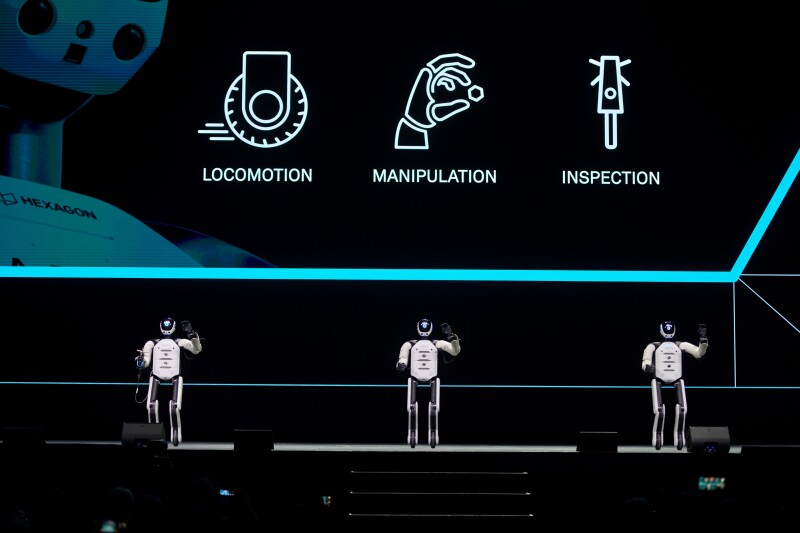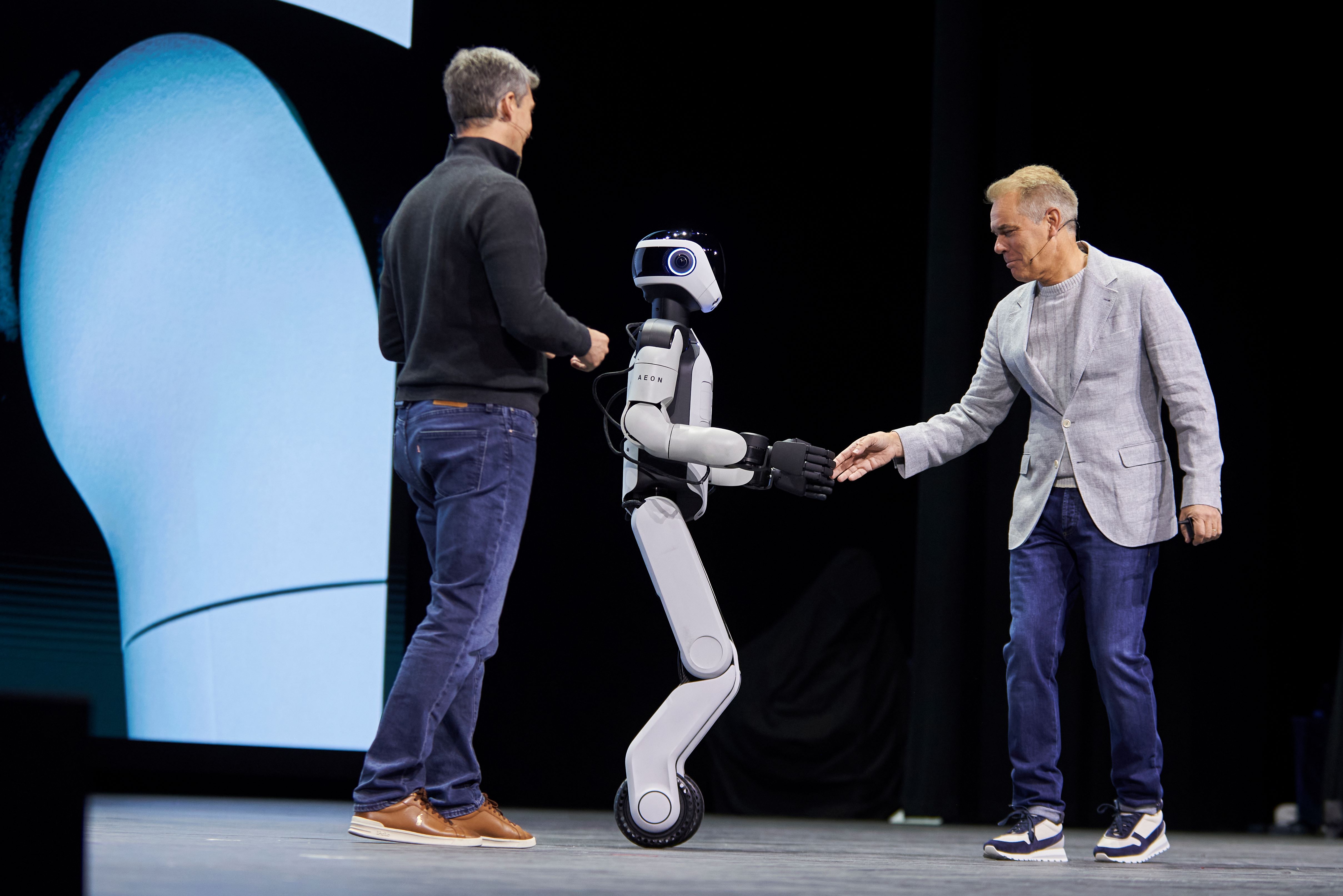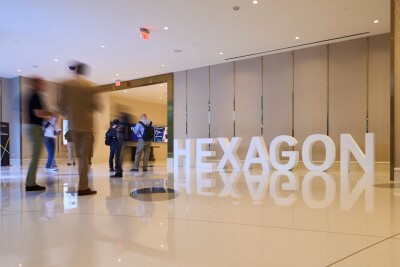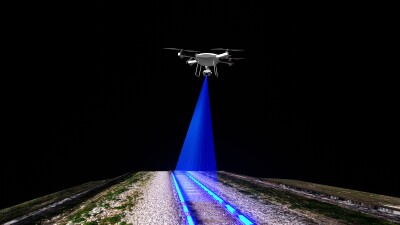Although technologies like laser scanning and reality capture are also tied to some of the most traditional and established industries on the planet, like construction and surveying, the innovations in the space can often feel like science fiction come to life. Today, tools like drones and handheld scanners that can map unknown areas in real-time are commonplace, used to streamline workflows in environments that could have been impossible to capture before using these tools. When these technologies were first introduced, it felt like the future, and people were skeptical about whether or not they would be able to catch on the way that many evangelists believed; today, those doubts have mostly subsided.
Now, as we look ahead, I wonder if we’re coming to a point of entering an age of robotics for the reality capture sector. Just like with drones and handheld SLAM scanners, there are skeptics, and in many ways, I am probably one of them. But there are real reasons why some of these reality capture workflows can be performed by robots. Sensors are now smaller than ever without sacrificing power, making it easier to attach them to a movable unit. Perhaps more importantly, robotics is advancing rapidly in general, with new techniques being developed in the artificial intelligence and machine learning sectors, making it easier than ever to train robots without having to program new algorithms for every task.
While robotics has been hanging over the head of surveying and reality capture for a few years now, as autonomous UAVs become more prevalent, among other elements, this question of whether or not we’re entering a new era for the sector came to mind while attending Hexagon Live earlier this month in Las Vegas. At the event, Hexagon unveiled its new AEON humanoid robot, a major milestone in the robotics industry with its ability to complete concrete tasks, plus its built-in, self-swappable battery system. Right now, the robot is made for manufacturing facilities and warehouses, controlled environments with repeatable tasks. However, it is built with reality capture sensors in its head, and can perform scanning tasks, as demonstrated on stage at the event.
Humanoid robots have a futuristic, science-fiction feel, and their introduction to industries will be where it feels like the future has actually arrived. Robots are already being used across industries, though, and that includes reality capture. Going back to the Hexagon Live event, AEON was not the only robot discussed at the show. In a presentation given by representatives from AECOM, they discussed how they are using autonomous robots for reality capture workflows to inspect pipelines that can not be traversed by people. With a few different form factors to accommodate different-sized pipes and different water levels, the robots showed off during this presentation could tow along different types of scanners, including the robust Leica RTC360. A small autonomous vehicle on wheels is not what immediately comes to mind when thinking of robots, but these are already providing real value today.
More in line with what we often think about when robots are mentioned are Spot the Dog, Boston Dynamics’ robot that reached viral fame thanks to online videos showing off its dance skills. These dogs don’t just dance, though, and today are often fitted with mobile scanners like the Leica BLK, able to walk a site and collect reality capture data on-demand. Some firms will use Spot to walk through areas that could be hazardous for human workers, and others will use it to walk through projects to collect as-built data on a daily or weekly basis, saving more time for other work from the professionals on staff.

Now, there’s a real argument that humanoid robots are the next step in the evolution. To be clear, we’re not here yet. Even Hexagon’s AEON is not ready for the construction and surveying spaces. They decided that the most logical way to build in mobility for their humanoid robot was to add wheels, which makes a lot of sense for a manufacturing floor or warehouse, but not so much in the complex environments that come with the AEC industry. However, humanoids come with a promise that can’t come from other types of robots.
To put it simply, the world we’ve built is explicitly designed for humans. Spot the Dog can move around a lot of spaces, but walking around on all fours limits its ability to perform some tasks or reach some heights that could be eliminated by a humanoid. Furthermore, those improved training processes can sometimes rely on visual learning, where a robot can watch a human perform a task and mimic what it sees to complete the same objective. A robot with the same form as us, of course, will be able to better replicate what they are seeing in training.
It’s important to recognize that humanoid robots, as compelling as they are, aren’t ready for field deployment in construction or surveying. AEON, for instance, uses wheels for mobility, which is ideal for smooth factory floors, but ill-suited for the rugged terrain of most job sites.
That being said, humanoid robots offer their own advantages. Our built environment is designed for humans; stairs, ladders, door handles, and workstations all assume human dimensions and movement. Robots that mimic human form may eventually navigate these spaces and complete tasks more effectively than their wheeled or quadruped counterparts.
In some ways, with autonomous UAVs and ground-based robots, the age of robotics in reality capture is already here. And in the way that most of us think of when robots are mentioned, we might not be as far away as many of us have been thinking.






